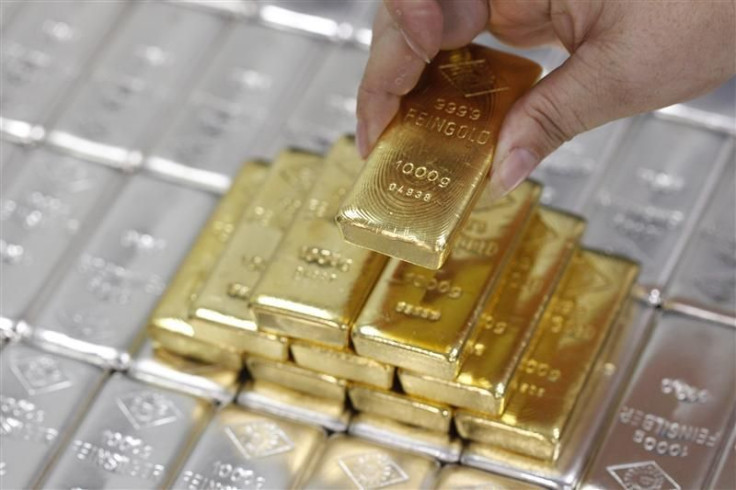Gold Eyes EU Summit, Could Approach $2000

The European Union (EU) summit this Friday will consume market attention, as it will discuss steps to resolve the Eurozone debt crisis. Price sensitivity to headlines will persist, if not intensify, and make for jerky market moves.
Given the significant event risk, some investors may choose to wait for the picture to clear before taking positions of size, so thin liquidity will also be a potential feature, UBS strategist Edel Tully wrote in a note to clients.
Expectations are mounting and sentiment is certainly tilted towards a positive outcome. The prospects of a step in the right direction of further fiscal integration and suggestions that the European Central Bank (ECB) may be slowly entertaining the possibility of more aggressive measures, should keep risk appetite supported ahead of the summit.
Given how short-risk positions had been mounting in recent weeks, there is a considerable potential for a squeeze higher should European policymakers manage to churn out a credible plan, Tully said.
Gold's reaction may not be so clear-cut. Safe-haven buying continues but the yellow metal is stubbornly retaining its positive risk correlation.
A Euro-positive outcome should benefit gold, not least from a resulting weaker EUR/USD, but gold positioning doesn't feel as 'short' as palladium and the euro; instead it is more neutral to marginally long, said Tully.
Importantly, the persistent absence of the physical community is a drag on investor confidence and may also lead to some hesitation at this stage. On the flip side, a disappointing outcome could prompt a sell-off across precious metals.
A dip below $1700 in gold cannot be ruled out but we don't expect prices to fall too far beyond that, with $1680 proving to be a good support in November, the strategist said.
Tully said a sub-$1700 price tag would likely encourage physical buyers and opportune investors to step up to the plate, which in turn would help sentiment. Between the two largest gold markets, China probably has more potential to accelerate physical purchases towards year-end, as it moves closer to the Chinese New Year celebrations. Demand out of India appears to be bucking the seasonal trend this year, as physical buyers are hindered by a weakening rupee.
Given the severity of the Eurozone situation and the potential for a break-up, however incomprehensible that may be, gold really should be trading closer to $2000 than the current price of $1745. In reality, unlike the stimulus gold received from the U.S. debt downgrade in late summer, the yellow metal doesn't command a sizeable Euro crisis premium at the moment.
If the conclusion of the EU summit signals a move towards Eurobonds, we think this will be gold-positive. But more rhetoric rather than firm action from Europe's politicians would send markets south, and that would probably include gold at first as it gets caught up in a sell-all flight, not forgetting its correlation with risk right now, Tully added.
However, should the risks of a break-up rise, gold should be a large beneficiary as investors diversify their Euro exposure towards gold. An early 2012 rally looms, once the shackles of this end-of-year shyness towards large position taking is out of the way.
© Copyright IBTimes 2024. All rights reserved.











